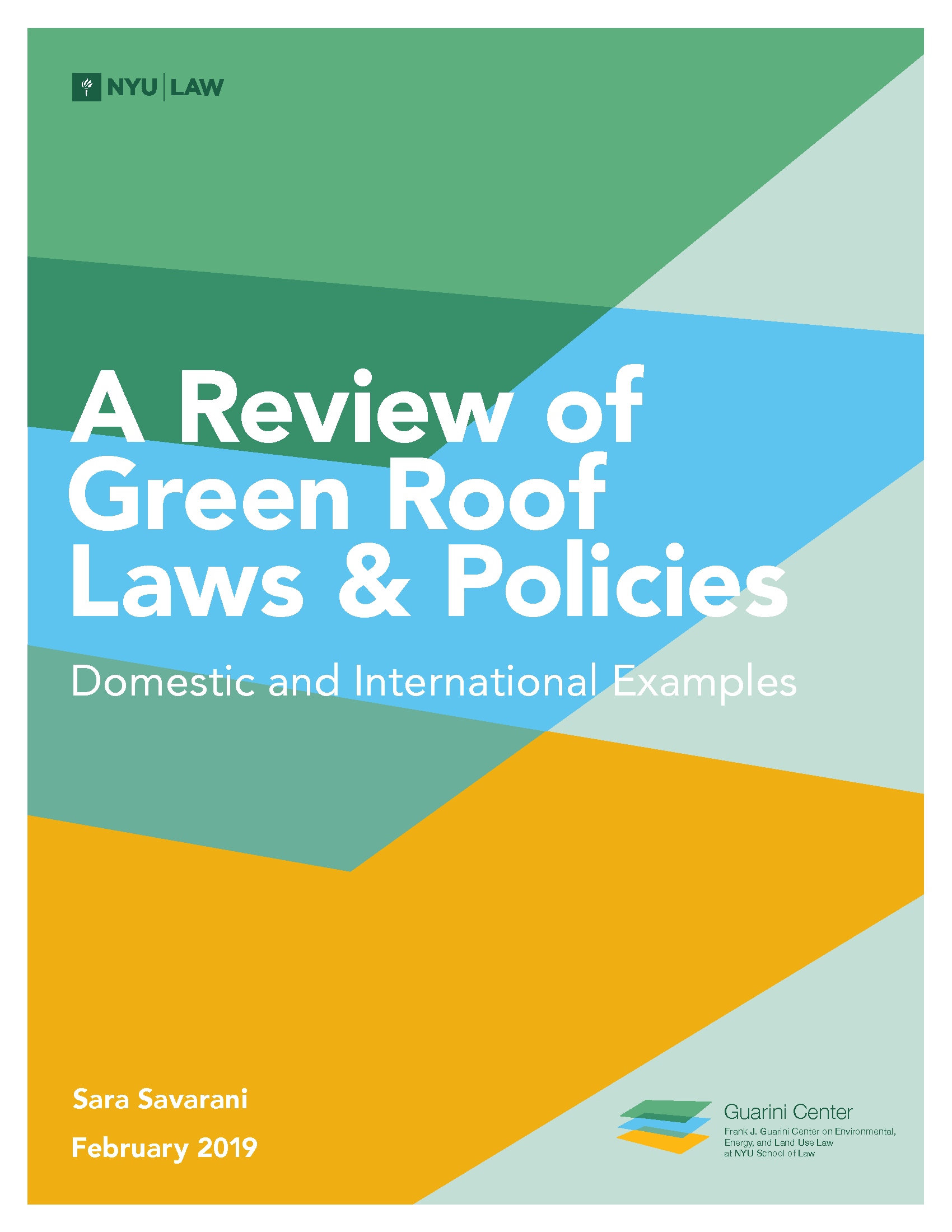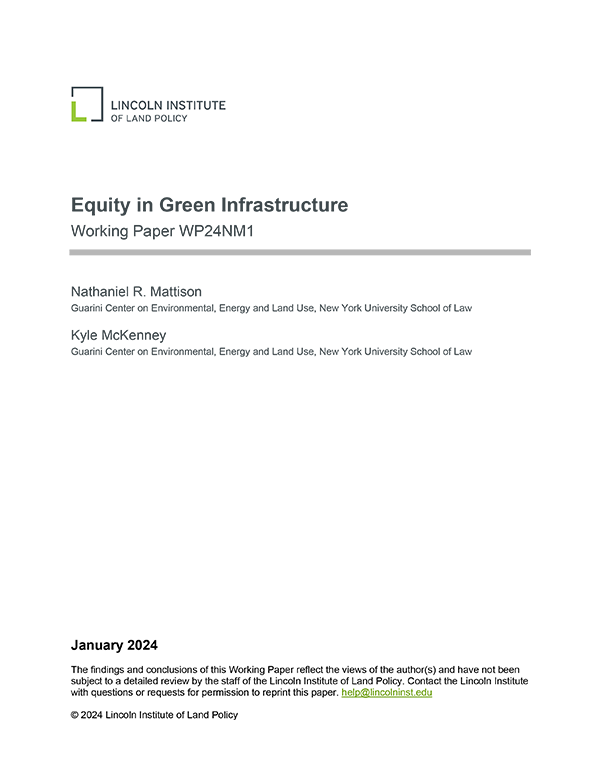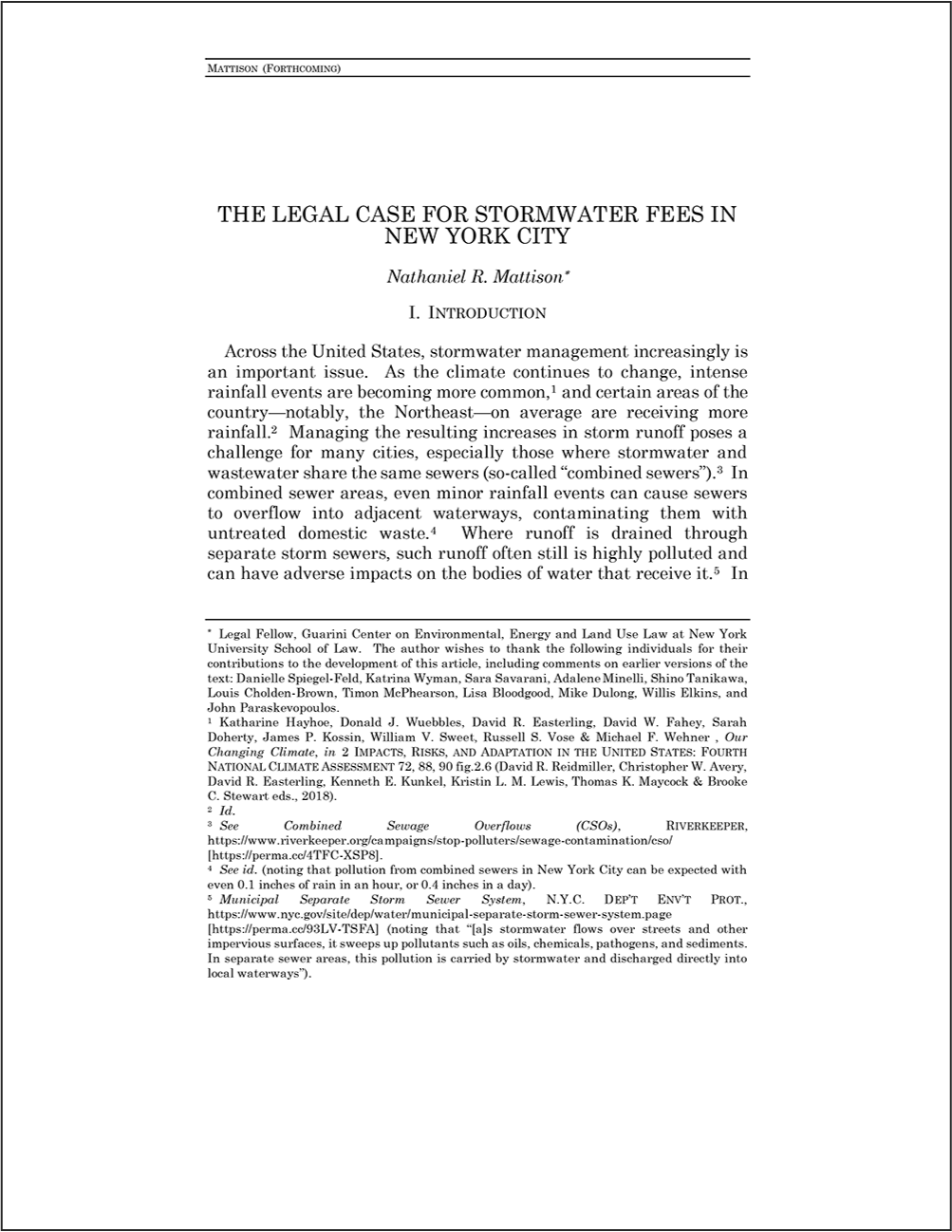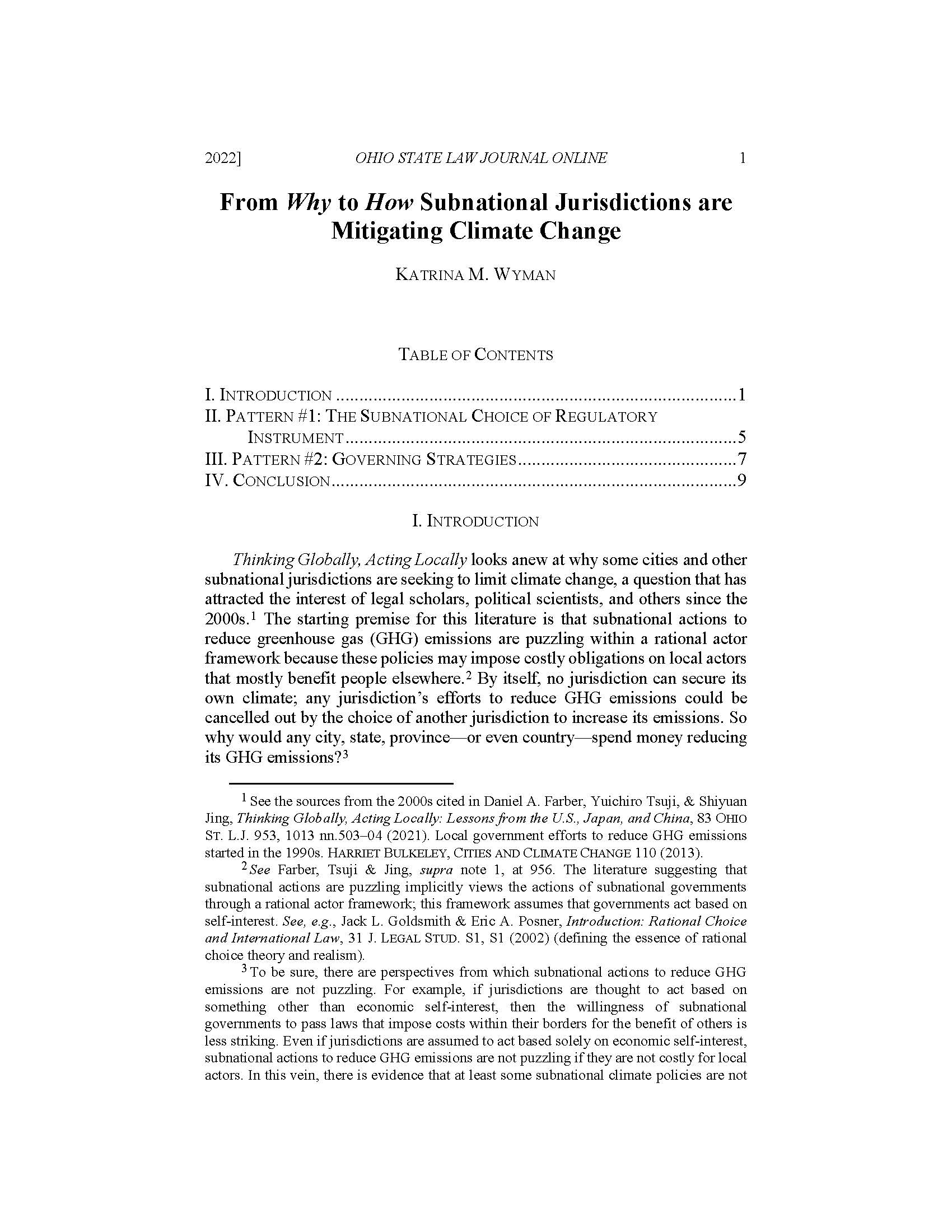Urban Environmental Renaissance
City governments were an important source of environmental protection in the United States from the 1800s until well into the 1900s. However, since Congress passed a series of landmark environmental statutes in the 1970s, scholars have primarily equated environmental law with federal law. To the extent that scholars consider subnational sources of environmental law, they typically focus on states, rather than cities.
This article shines a light on the role of cities in contemporary environmental law. It argues that major U.S. cities are currently reviving cities’ historical role as leaders in environmental lawmaking and proposes mechanisms for expanding their scope to innovate within the framework that the 1970s federal environmental statutes established.
Green Roofs
Green roofs can help with stormwater retention, mitigate the urban heat island effect, enhance biodiversity, improve local air quality, and reduce building energy usage. The myriad benefits provided make green roofs an attractive tool for cities seeking to improve their sustainability and adapt to climate change.
In a series of publications, the Guarini Center has examined the potential for green roofs in cities, both in New York City and in other cities around the world.




